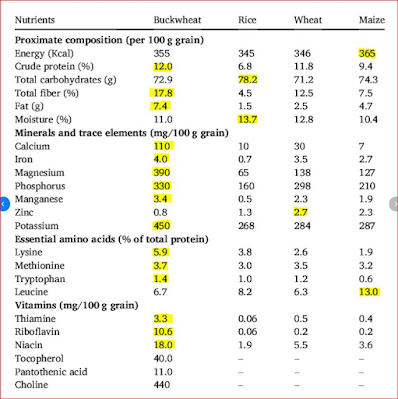I once did a 30 day exercise challenge where I completed a minimum of 100 push ups per day, every day, for 30 days. After completing that challenge I was in less pain. Once it ended, without having a rest day I started another 30 day challenge, then another when that ended, and another.
During those challenges there are no rest days. There were no days off between challenges. This continued for over three and a half years!
I think back to my first challenge. Back then, simply getting to/from the ground to do push ups was difficult. Back then, walking from my house up the driveway and getting into my car was difficult and painful. Back then sitting at my desk at work was painful and difficult.
Since then I have achieved a lot of milestones, some achievements are more impressive than others:
- 100 push ups every day for 30 consecutive days
- 1,000 push ups in one day
- 250 push ups in one set
- 1,000 push ups in one hour
- 1,000 push ups every day for 62 consecutive days
- Dead hang for 100 seconds
- Dead hang for 2 minutes
- Elbow lever
- Human flag
- Turkish Get up using 15kg (this is probably the least impressive thing on this list, but it almost killed me)
- 100 strict pull ups in one day
- 27 strict pull ups in one set
- 100+ pull ups every day for ten consecutive days
- 10 weighted pull ups (7.5kg additional weight) in a set
- 20 weighted pull ups (7.5kg additional weight) in a set
- 100+ weighted pull ups (7.5kg additional weight) in one day
- 100 pull ups in under twenty minutes
Some of those things took me months to train towards. Others were achieved a lot faster. Some I can no longer do as I have not been training for them, while others I do regularly.
 |
| Training for back lever - I still can't do that yet |
I am going to mention some statistics. While the following statistics are concerning, they provide perspective to my achievements:
- Being able to do a single push up puts me in the top 50% of strength in the country
- Being able to do one strict pull up puts me in the top 25%
- Being able to do 10 strict pull ups puts me in the top 5%
- Being able to do over 20 pull ups in one set puts me in the top fraction of one percent
- Elbow lever
- Human flag
- 1,000 push ups in a day
- 100 strict pull ups in under an hour
- Weighted pull ups - any number
Considering my age, the limited time I have to dedicate to training, my body composition, the long term chronic injuries I have, combined with the alarming statistics above, my achievements aren't bad.
 |
| Pull ups per day - modulated and increasing |
I put my achievements down to how I train. I do prochnost' training every day, and it works for me. I train every single day, no rest days, no days off. The human body is made to be able to do full body exercise every single day. When you train that way, it responds well.
The human body is not made to push to failure regularly, it is not made to push to failure and then do one more rep, this is a dreadfully inefficient way to train. It is not made to train one set of muscles one day, another set another day, cardio on other days, all with rest days interspersed. While the smug arrogance of motivational quotes may help you, it doesn't work for everyone. Training every day, multiple times a day, keeping well below failure, does work for everyone.
Western style training is probably good for hypertrophy, but inefficient at building strength.
If western style training was effective at building strength, the alarming stats above would not be a reality. If it was effective, then being able to do a single push up would not make you above average. If it was effective, there would be almost no one who is into strength and fitness that is unable to do a strict pull up. Western training failed me when I was younger, and I would never have achieved the above if I was still training that way.
If you have read this far, my advice to you is to stop training like a westerner. Western training will make you fail and you will not reach your potential. Do prochnost' training, and be more.


